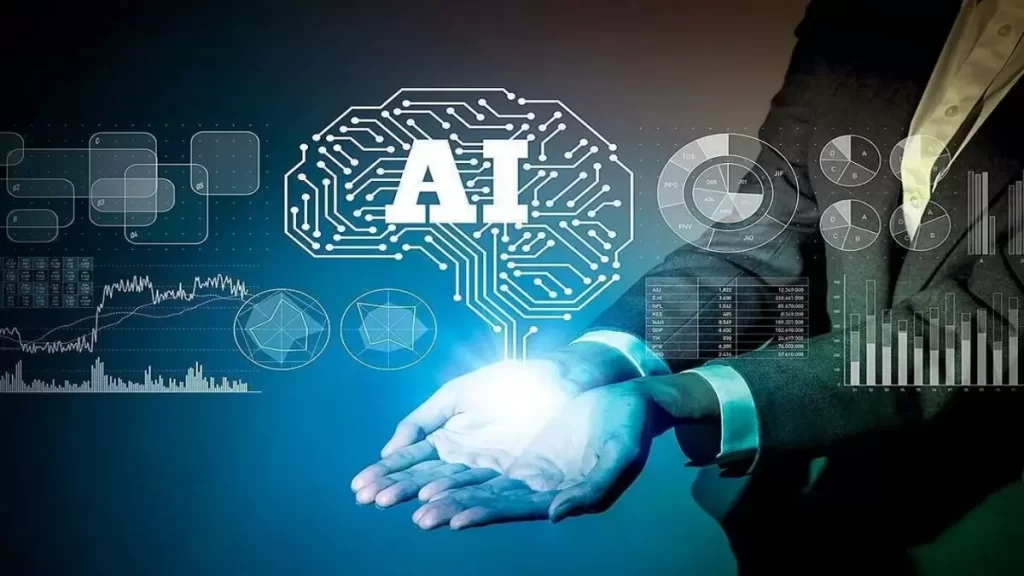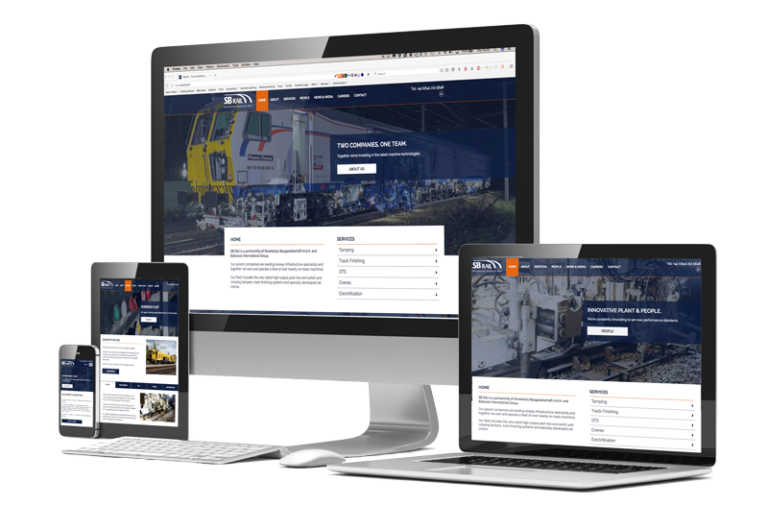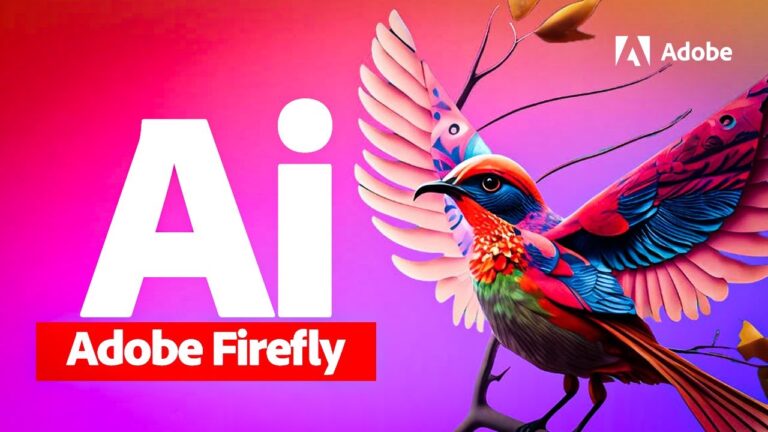Unleashing the Power of Conversational AI: Transforming Web Development and Design
The advent of conversational AI models like ChatGPT has undoubtedly had a significant impact on the web development and web design landscape. Here are a few key ways in which ChatGPT has influenced the industry:
Enhanced User Experience: Conversational AI has revolutionized the way users interact with websites and web applications. ChatGPT-powered chatbots and virtual assistants can provide personalized and responsive interactions, offering real-time support, answering questions, and guiding users through various processes. This improved user experience helps businesses engage visitors more effectively, increase customer satisfaction, and streamline customer support operations.
Improved Customer Engagement: ChatGPT enables dynamic and interactive conversations, allowing businesses to engage users in a more conversational manner. With its natural language processing capabilities, ChatGPT can understand and respond to user queries, provide recommendations, and offer tailored suggestions. This level of personalized interaction enhances customer engagement and helps businesses build stronger connections with their audience.
Streamlined Content Creation: Content creation is a crucial aspect of web development and web design. ChatGPT can assist content creators by generating ideas, offering suggestions, and even generating initial drafts of blog posts, articles, or website copy. This streamlines the content creation process and provides valuable assistance to designers, developers, and marketers who may be pressed for time or seeking inspiration.
Design Feedback and Iteration: ChatGPT can play a valuable role in the design feedback and iteration process. Designers and developers can use conversational AI to gather feedback from users or stakeholders by creating interactive prototypes or conducting virtual user testing sessions. By obtaining real-time feedback, developers can refine their designs, improve usability, and enhance overall user experience.
Automation of Routine Tasks: Web developers and designers often face repetitive and time-consuming tasks that can hinder productivity. ChatGPT can be utilized to automate certain routine tasks, such as generating code snippets, assisting with responsive design implementation, or providing design suggestions based on user preferences. By leveraging the power of AI, developers can focus on more complex and creative aspects of their work, increasing efficiency and saving time.

Accessibility and Inclusivity: ChatGPT can help improve accessibility and inclusivity in web design. AI-powered chatbots can assist users with disabilities by providing voice-based interactions, text-to-speech capabilities, or simplifying complex user interfaces. Additionally, conversational AI can offer language translation services, enabling websites to cater to a global audience more effectively.
Continuous Learning and Improvement: As ChatGPT models are trained on vast amounts of data and interact with users in real-world scenarios, they continuously learn and improve over time. This iterative learning process allows the AI model to become more sophisticated, accurate, and context-aware, ultimately enhancing the overall capabilities of conversational AI in web development and design.
While ChatGPT has brought numerous benefits to the web development and design landscape, it’s important to note that it is still a tool that complements human expertise. The human touch, creativity, and critical thinking remain essential in delivering exceptional web experiences.







